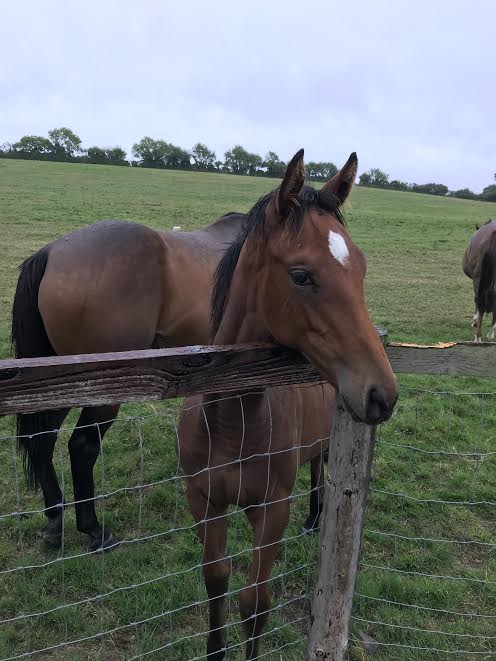Overseeding can be a very useful, low cost way of improving existing equine pasture, which may have become thin and tired with age or damaged through over-grazing and late August to mid September is a good time to overseed, when the existing grass is slowing down.
The key to successful overseeding is to reduce the competition from the existing sward as much as possible, before introducing the new seeds. Sowing in warm conditions, just before rain or damp weather, will also encourage the new seeds to germinate quickly.

When to Sow: As well as in the Autumn, overseeding can also be carried out during early to mid spring. Late spring and early summer sowings should be avoided as this will coincide with aggressive grass growth from the existing pasture.
Sowing Rate: Usually we advise an overseeding rate of 10kgs per acre. This is a robust rate which takes into account that it’s not a complete reseed, but that new seeds are being sown into an existing sward which needs to be improved.
Seed Mixtures: Long term perennial Ryegrass species are usually used for overseeding equine pastures. These are leafy, low growing, grazing grasses. In circumstances where laminitis is an issue, it may be desirable to avoid the high sugar Ryegrass species in preference for seed mixtures which can be created using more traditional meadow grasses. Overseeding also allows other species to be added to a sward, such as forage herbs like ribgrass, burnet and sheep’s parsley. But the same principle apply in that these species can sometime struggle to establish in an existing sward. Preparation before overseeding is key because these species are generally less aggressive so compete less with the existing grass sward, meaning they are less reliable. The old sward must therefore be reduced significantly to give these traditional species a chance to establish.
Preparation: Graze or cut hard and harrow the existing sward vigorously before sowing in order to reduce competition and open up new space and soil for the new seeds. Several passes with the harrows at slightly different angles may be necessary.
When sowing the new seeds, be wary of sowing too deeply with aggressive direct drills - Sowing herbs or other small seeds too deeply is the number one cause of poor establishment! A quick emergence will help the new seeds compete with the old sward. Alternatively, broadcast the seed, followed by an additional harrow.
After sowing, roll the area to lock in moisture and create good seed to soil contact. Animals can be left on the area for 3-4 days after sowing to further keep on top of the old sward (soil conditions allowing) but must be removed before the new seeds germinate.
Before reintroducing stock, carry out the ‘pluck or rip test’. If you can pull up the new seedlings by the roots, allow seedlings further time to establish better root anchorage. The interval between sowing and leaving the new seeds to establish will normally be 5 - 6 weeks.
When the new seeds are sufficiently established, graze lightly for several days, before removing the animals and allowing the area to recover for 2 - 3 weeks.
Resume normal grazing after this period, managing the grazing by splitting larger fields into paddocks and rotationally grazing. Fencing off and resting recently grazed areas rested will help the grass recover more quickly.
Do not fertilise areas that have been overseeded for at least 6 weeks after sowing. Applying fertiliser immediately after overseeding will only benefit the existing sward and may cause that grass to smother out the newly emerging seeds, which cannot utilise the fertiliser.
For more info: https://www.cotswoldseeds.com/articles/360/equine-sowing-and-growing